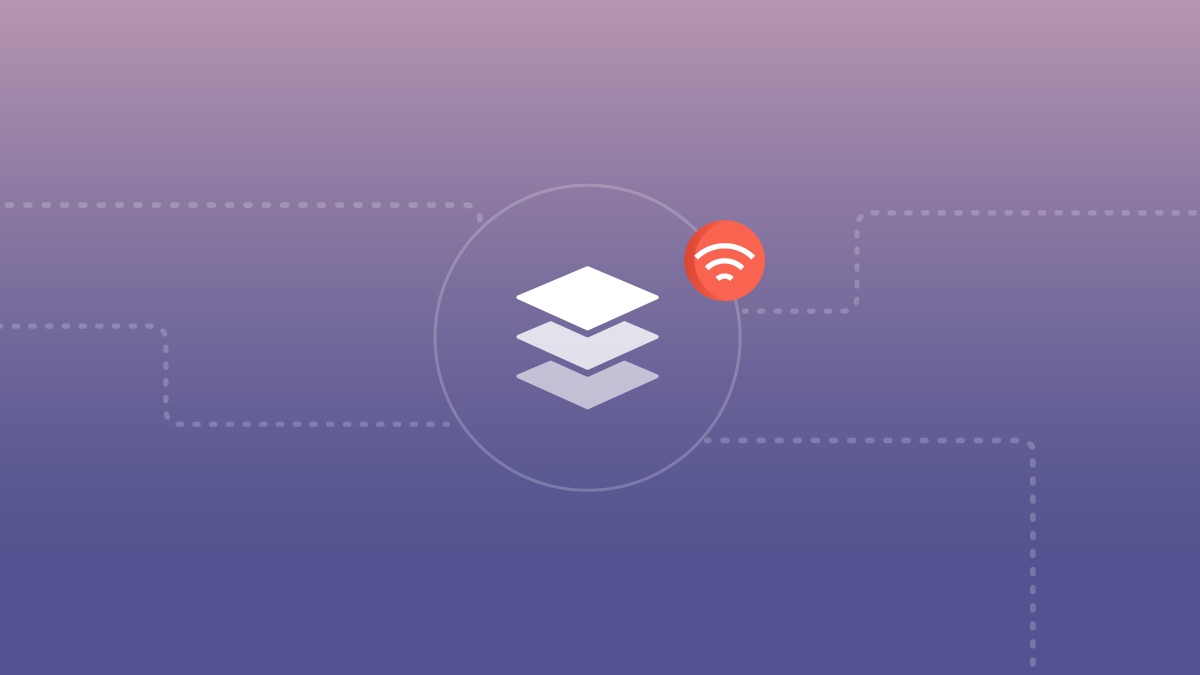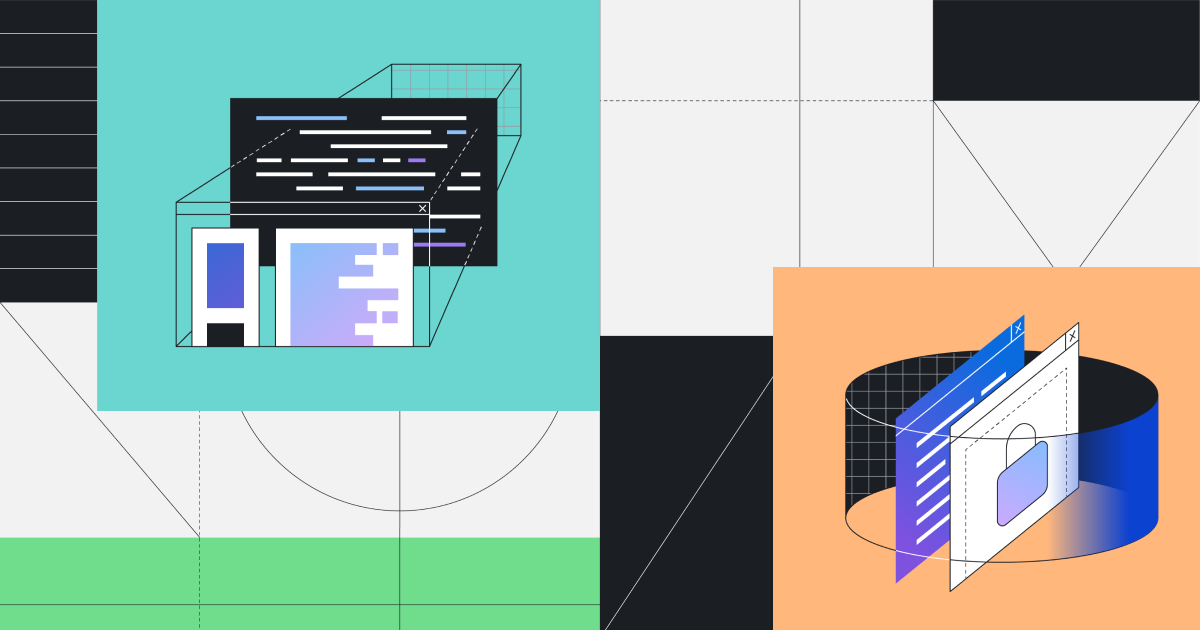- MindByte Weekly Pulse: Weekly IT Insights: Quick GitHub, Azure, & .NET Updates
- Posts
- Building Async and Cloud Native organizations - Issue #8
Building Async and Cloud Native organizations - Issue #8
Welcome to my weekly newsletter! Every week, I bring you the latest news, updates, and resources from the world of coding and architecture. I'm so glad you've decided to join me, and I can't wait to share my insights and expertise with you.
In this newsletter, you'll find a curated selection of articles, tutorials, and other resources that I think will be useful and interesting to you. I cover a wide range of topics, from new tools and technologies to best practices and remote working tips. I'm always on the lookout for the latest trends and developments in the field, and I'm excited to share them with you.
I hope you'll find this newsletter to be a valuable resource, and I welcome your feedback and suggestions. If there's something you'd like to see more of, or if you have any questions or comments, please don't hesitate to reach out to me.
Thank you for joining me, and happy reading!
REST and APIs
NGINX delivered their State of App and API report containing insights based on their survey.
As I mostly work with Azure and as such with the Azure Api Management solution, I do not play with the many open source gateways. However, there are some pretty impressive ones out there:
Bi-directional contract testing (BDCT) is a type of API contract testing unique to Pactflow. Pactflow is a testing platform that deploys and manages testing for APIs using Pact. BDCT compares two contracts to check their compatibility. One contract outlines the consumer's expectations, while the other details the provider's capabilities.
Coding technicalities
Sometimes I just want to try out something in dotnet, and although a command line app is quickly created, it is overkill for quick experiments. There are online services allowing you to run some code, but what if you can just run it from the command line?
That compression makes a difference should not come as a shock, but do you also use it for your deployments as well? Not only saving time, but also cost.
Minimal API endpoints are a great way to set up a web api, but how do they actually work? Andrew Lock dives into the details:
GitHub related
GitHub released their state of open source software report. Read more on the most used programming languages, the popular repositories, and how they are used:
A quick tip; for keyboard shortcuts there is a separate markup tag that will render a bit different to highlight that it is a key.
Did you know, you can use tags in your Markdown on GitHub to make text appear like a button. It's perfect for documenting things like keyboard shortcuts and game controls in your READMEs, wikis and issues. https:
— GitHub (@github)
Jan 4, 2023
A totally useless bit of info, but did you know that the company creating GitHub used to be called Logical Awesome?
Computing in general
A bold move; Shopify will just remove all meetings from calendars when there are more than two persons involved. Next to their meeting free Wednesday, this is another take on reducing time spend in meetings.
Scaling can be a better option than implementing SAFe:
One of the terrible things in development; naming things. Let alone on how to name a new startup. Zach Holman wrote about his struggles:
Helpers and utilities
Need a quick way to simulate a response code? Like a 202, a 500, maybe a 402? With a direct link to for example https://httpstat.us/411 you get a 411 response code. Check their site for more options and explanation.
Computer Laws
If the same tests are repeated over and over again, eventually the same test cases will no longer find new bugs.
This paradox arises because, as the tests are repeated, any bugs that the tests are able to detect will be found and fixed. As a result, the likelihood of those tests finding new bugs decreases with each repetition, until eventually they will no longer uncover any new issues.
The Pesticide Paradox highlights the importance of regularly updating and expanding the test suite being used, in order to continue effectively finding and fixing bugs in the software. Without introducing new tests and test cases, the efficiency of the testing process will eventually decline.
I hope you've enjoyed this week's issue of my newsletter. If you found it useful, I invite you to share it with your friends and colleagues. And if you're not already a subscriber, be sure to sign up to receive future issues.
Next week, I'll be back with more articles, tutorials, and resources to help you stay up-to-date on the latest developments in coding and architecture. In the meantime, keep learning and growing, and happy coding!
Best regards, Michiel










Join the conversation